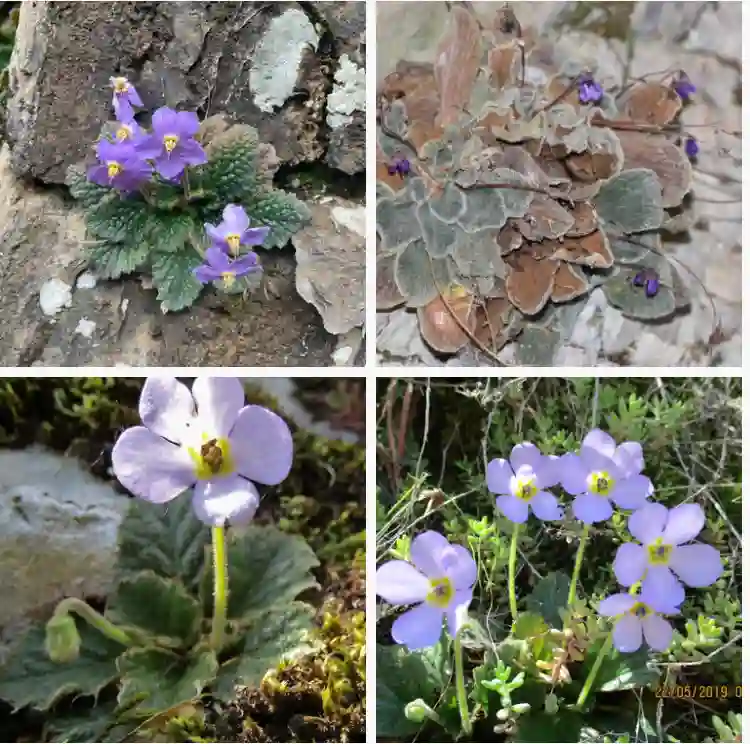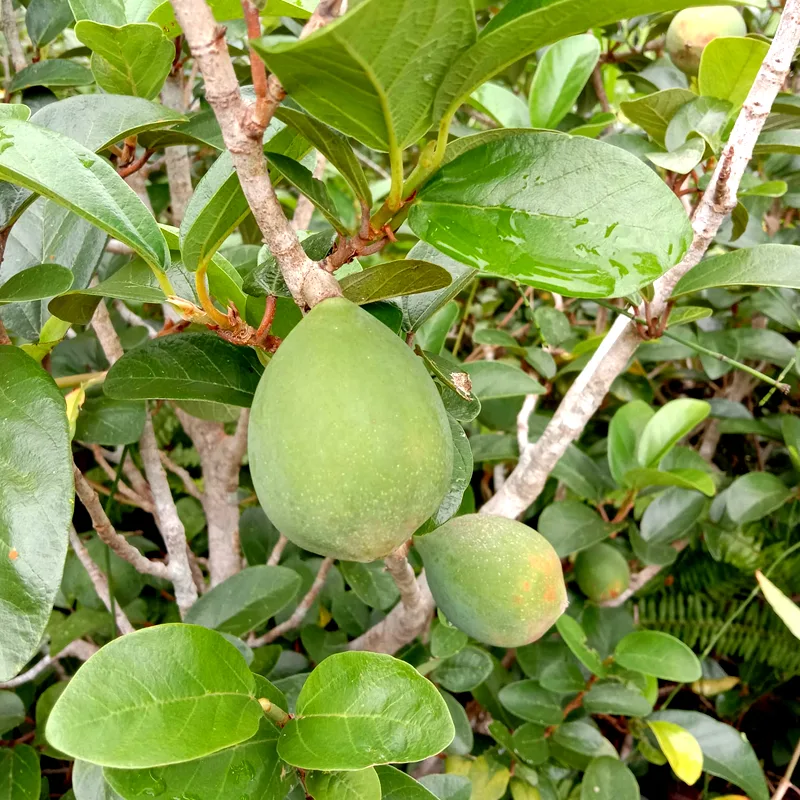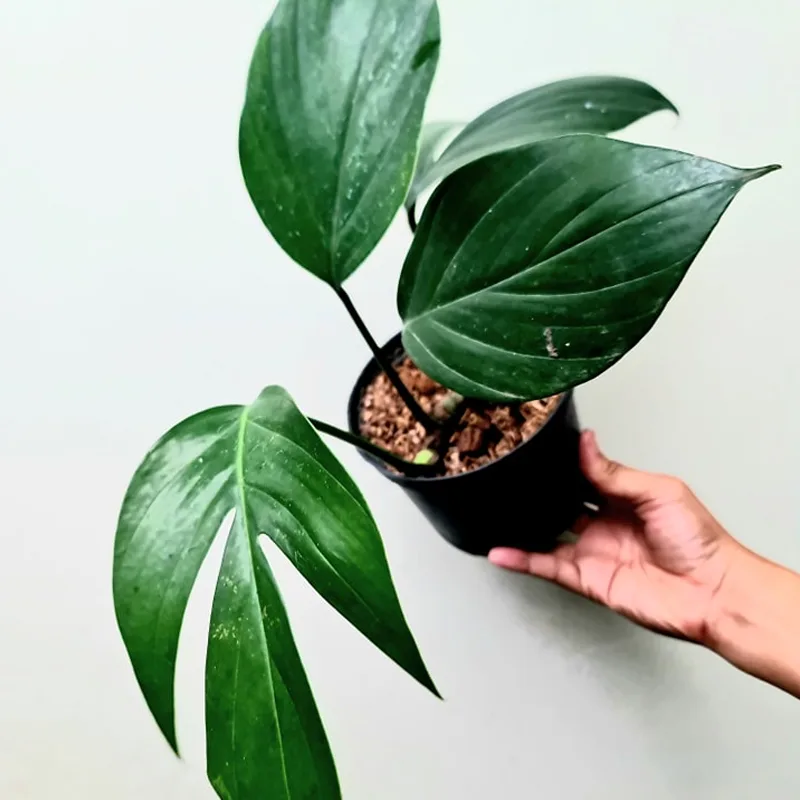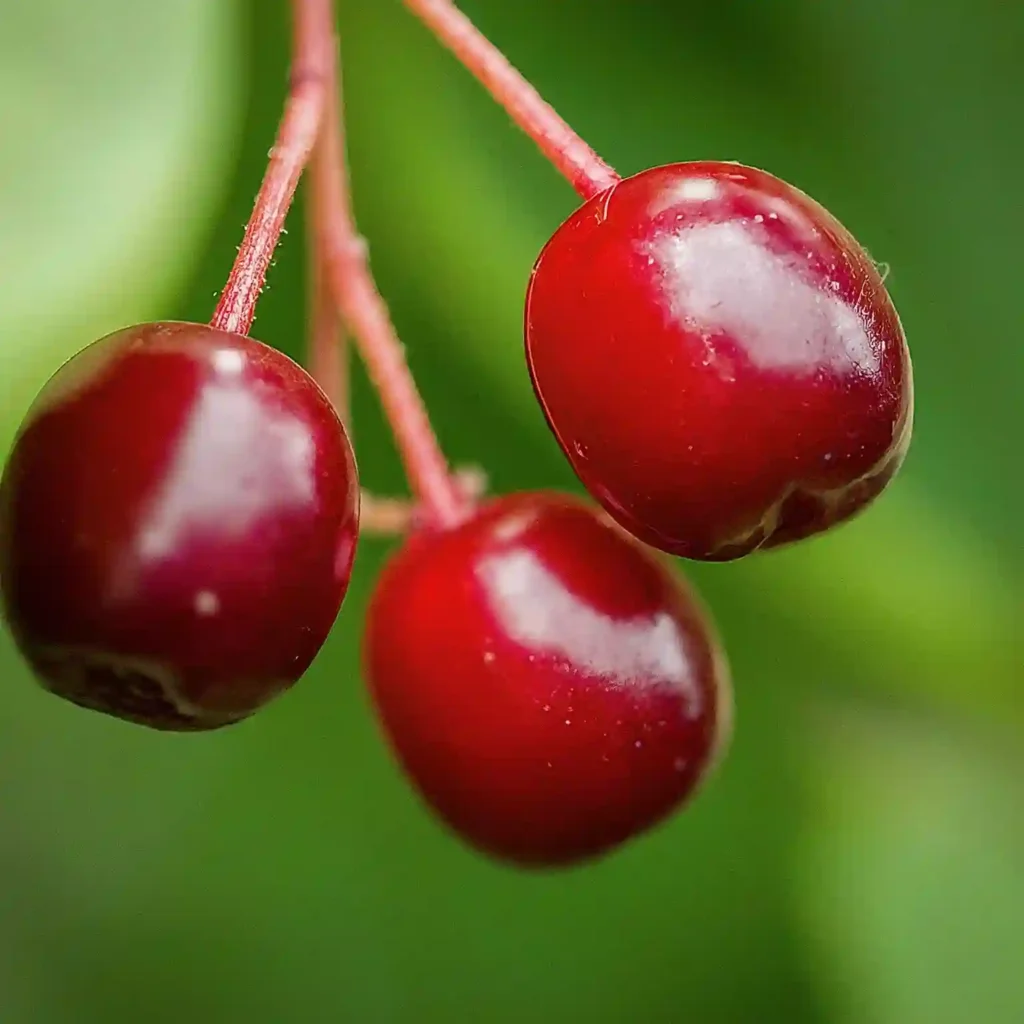FAQs About Persicaria Odoratum
As someone who’s been fascinated by the variety of herbs used in cooking and medicine, I find Persicaria Odoratum, commonly known as Vietnamese coriander, to be a particularly intriguing plant. It’s not only versatile in its uses but also relatively easy to care for. Here are some frequently asked questions about Persicaria Odoratum that I’ve encountered over the years.
144 Species in Genus Persicaria
What is Persicaria Odoratum?
Persicaria Odoratum, also known as Vietnamese coriander, Rau Ram, or Vietnamese mint, is an aromatic herb native to Southeast Asia. It has a unique, pungent flavor, often described as a combination of mint and cilantro, with a hint of lemon. This herb is commonly used in Southeast Asian cuisines, particularly Vietnamese and Thai dishes. The plant itself is a perennial, characterized by its slender, pointed leaves, which are dark green with a maroon spot in the center.
How to Care for Persicaria Odoratum?
Taking care of Persicaria Odoratum is relatively straightforward, which makes it a great choice for both experienced gardeners and beginners. Here’s how I care for mine:
- Light: Persicaria Odoratum thrives in partial shade. Too much direct sunlight can cause the leaves to burn, while too little can lead to poor growth. A spot that receives morning sun and afternoon shade works best.
- Watering: This plant prefers moist soil, so regular watering is essential. However, it’s important to ensure the soil is well-drained to prevent waterlogging, which can lead to root rot.
- Soil: I use a mix of potting soil and compost to provide a nutrient-rich environment. The soil should be slightly acidic to neutral for optimal growth.
- Temperature: Being a tropical plant, Persicaria Odoratum enjoys warm temperatures. It does not tolerate frost well, so it’s best to bring it indoors or provide protection during colder months.
- Fertilizing: While not strictly necessary, occasional feeding with a balanced, water-soluble fertilizer can promote healthier growth, especially if the plant is being harvested frequently.
How to Propagate Persicaria Odoratum?
Propagating Persicaria Odoratum is simple and can be done using stem cuttings. Here’s my method:
- Choose a Healthy Stem: Select a stem that is healthy and free from any signs of disease. It should be around 4-6 inches long.
- Prepare the Cutting: Remove the lower leaves from the cutting, leaving a few at the top.
- Rooting in Water: Place the cutting in a glass of water, ensuring that the nodes (where the leaves were removed) are submerged. After a week or two, roots should begin to form.
- Planting: Once the roots are about an inch long, the cutting can be planted in soil. Keep the soil moist until the new plant is established.
What to Plant with Persicaria Odoratum?
Companion planting is a great way to maximize the health and yield of your garden. Persicaria Odoratum can be planted alongside other moisture-loving herbs like basil, mint, and lemongrass. These herbs thrive in similar conditions and can benefit each other by deterring pests and enhancing growth. Avoid planting Persicaria Odoratum near plants that require dry conditions, such as rosemary or thyme, as their differing water needs can cause issues.
Is Persicaria Odoratum Toxic?
Persicaria Odoratum is safe for human consumption and is widely used in culinary dishes. However, like many herbs, it should be consumed in moderation. There have been no significant reports of toxicity, but I would recommend consulting with a healthcare professional before using it for medicinal purposes, especially for those who are pregnant, nursing, or have specific health concerns. Additionally, always wash the leaves thoroughly before use to remove any contaminants.
Benefits of Persicaria Odoratum
The benefits of Persicaria Odoratum extend beyond its culinary uses. Here are a few reasons why I keep this herb in my garden:
- Culinary Uses: Its unique flavor makes it a great addition to soups, salads, and various meat dishes. It’s a staple in Vietnamese cuisine, especially in dishes like Pho and salads.
- Medicinal Properties: Traditionally, Persicaria Odoratum has been used in folk medicine for its antibacterial and antifungal properties. It’s also believed to aid digestion and reduce inflammation.
- Pest Deterrent: The strong aroma of Persicaria Odoratum can help deter pests from the garden, making it a natural option for pest control.
Common Problems with Persicaria Odoratum
Despite being a hardy plant, Persicaria Odoratum can face a few issues:
- Leaf Browning: This can be a sign of too much direct sunlight or not enough water. Adjusting the plant’s location or watering schedule can help.
- Root Rot: Overwatering can lead to root rot, characterized by a foul smell and wilting leaves. It’s essential to ensure the soil is well-drained and not overly saturated.
- Pests: While generally pest-resistant, Persicaria Odoratum can occasionally attract aphids or spider mites. Regular inspection and using natural insecticidal soap can keep these pests in check.
Comparing Persicaria Odoratum with Similar Herbs
It’s easy to confuse Persicaria Odoratum with other herbs, especially those used in Asian cooking. One common comparison is with cilantro. While both have a similar flavor profile, Persicaria Odoratum has a more pronounced, spicier taste. Another look-alike is mint, but the flavor of Persicaria Odoratum is sharper and less sweet.
These are some of the common questions and answers regarding Persicaria Odoratum, based on my experiences. This versatile and aromatic herb is not only a delightful addition to the kitchen but also a resilient plant for the garden. By understanding its needs and characteristics, anyone can successfully grow and enjoy this unique herb.



